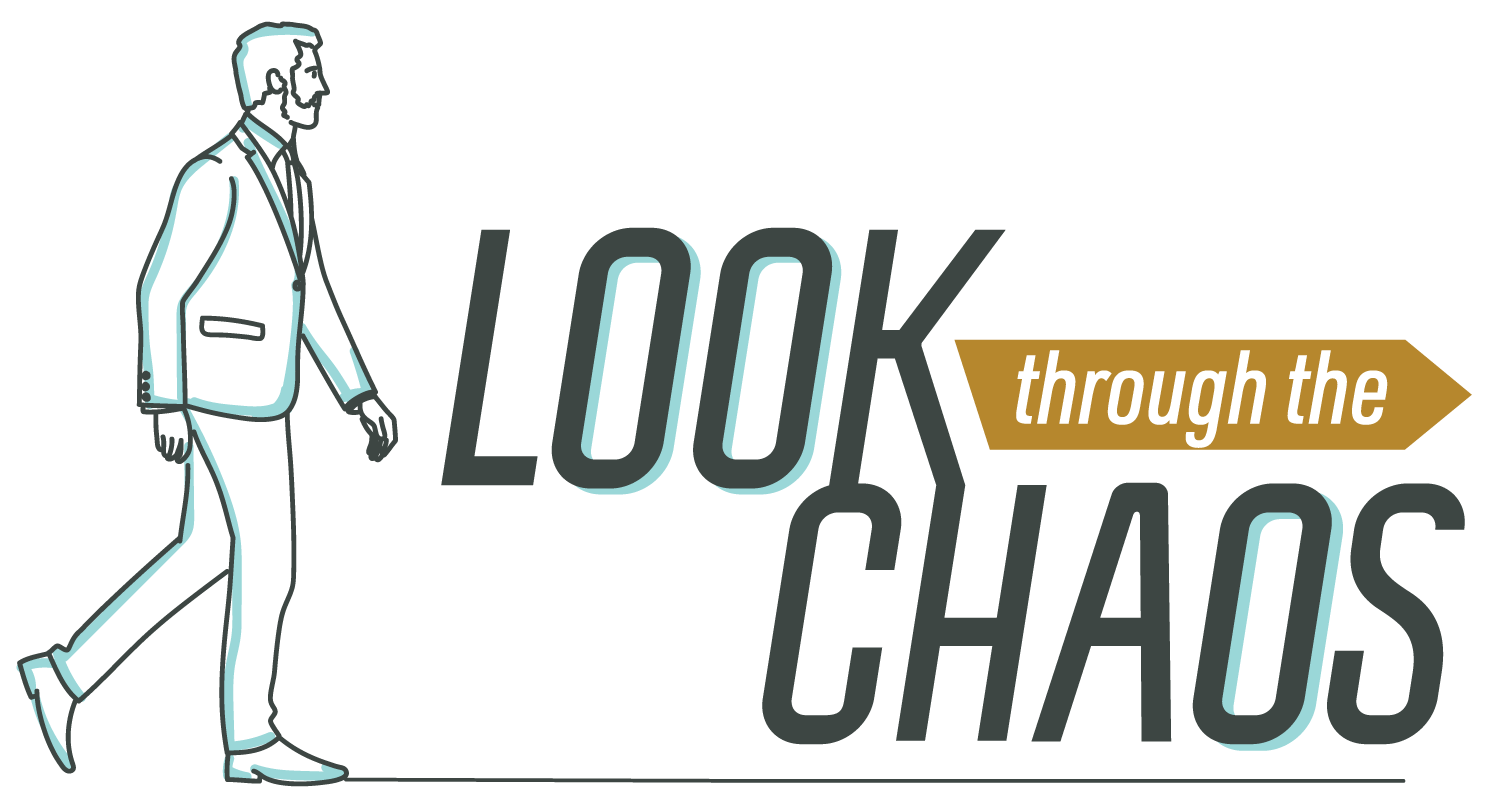The Sacred Nature of the Joshua Tree…Until a Solar Farm Gets In The Way
In a way, you have to admire environmentalists’ ability to romanticize nature as one of their tools to protect it.
1987’s Joshua Tree album by U2 was inspired by the Irish band’s American tours. The cover art of the record shows the band out in the California desert with Joshua trees behind them. Bassist Adam Clayton described the influence of the desert on them this way.
“The desert was immensely inspirational to us as a mental image for this record. Most people would take the desert on face value and think it’s some kind of barren place, which of course is true. But in the right frame of mind, it’s also a very positive image, because you can actually do something with blank canvas, which is effectively what the desert is.”
The iconic trees have been linked with spirituality both among Native Americans and the Church of Jesus Christ of Latter-Day Saints.
“The iconic Joshua trees, with their twisted branches and otherworldly appearance, have long been regarded as sentinels of wisdom by indigenous peoples. Native tribes like the Cahuilla have revered these trees for their spiritual significance, using them for food, shelter, and ceremonial purposes.”
“By the mid-19th century, Mormon immigrants had made their way across the Colorado River. Legend has it that these pioneers named the tree after the biblical figure, Joshua, seeing the limbs of the tree as outstretched in supplication, guiding the travelers westward. However, this tale is not substantiated in the historical record. Some evidence suggests that Joshua trees inspired thoughts of the biblical Joshua in his role as a war leader. Perhaps the tree’s sharp, blade-like leaves brought to mind the arrayed forces of Joshua’s army.”
Joshua Tree National Park was elevated to park status in 1994 by President Bill Clinton, protecting just under 793,000 acres of trees, including the ecosystem of flora and fauna around them. And it’s not just the feds that protected the trees. In California, there is legislation on the books as recent as 2023 that protects specifically the Joshua Tree.
“The Western Joshua Tree Conservation Act (WJTCA) is a California Law that was enacted in July 2023. The WJTCA prohibits the importation, export, take, possession, purchase, or sale of any western Joshua tree in California unless authorized by [California Department of Fish and Wildlife]”
The penalty for messing with a Joshua tree? If you kill one, it is up to $5,000 for the first conviction, $10,000 for the second, and $20,000 for the third or six months in the Graybar Hotel.
According to reporting from KTLA-5 in Los Angeles, if you are caught stealing a Joshua tree in San Bernardino County, the largest county in California, it’s up to a $20,000 fine. Back in 2021, a California couple was fined $18,000 for bulldozing Joshua trees on land they owned to clear it for a house they wanted to build.
All that goes out the window if you want to put in a solar farm, however. Avantus, the company behind the Aratina Solar Farm Project in Boron, California, has gotten the clearance from the California Fish and Wildlife to knock down 4,200 Joshua Trees for the 2,435 eyesore.
From what I can tell, the biggest winner? California Governor Gavin Newsom.
California Fish and Wildlife has set up a Western Joshua Tree Mitigation fund to accept tributes penalized by the agency in return for the destruction of Joshua trees. According to a .pdf on their website, the fee, per acre, to remove trees for granted use is $10,521.95 per acre. If that full assessment is applied to the 2,435 acres of Aratina, that would be a tidy little sum of $25.6 million. Does anyone want to place a small Shohei Ohtani translator wager that the money collected doesn’t end up going to replant Joshua trees elsewhere in the desert, and instead gets dumped into the sinkhole that is California’s general budget deficit?
The Environmental Protection Agency on Earth Day a couple of weeks ago, April 22nd, just happened to announce as part of billions being blanketed across the country for solar and wind energy projects, they were awarding $250 million to California’s California Infrastructure Economic Development Bank. I wonder if some of that taxpayer money is going to be diverted to help cover the mitigation costs of Aratina’s destruction of 4,200 Joshua trees?
$250 million deposited into one California slush fund, potentially $26 million transferred to another slush fund at Fish and Wildlife, normally, in most states, that would add up to real money. Not in the Golden State. We are still under the cloud of what could end up being a $73 billion deficit, and that’s not including the sunk cost of the high-speed rail boondoggle from Madera to 1/5th of a mile closer to Shafter over the last 45-plus years. That project, if it’s ever going to get anywhere near completion, is going to cost, at a bare minimum, another $100 billion that is currently not being covered by the federal government.
I spent over an hour trying to research how much the construction cost is for Aratina. That seems not to be public information. Instead, Aratina’s website offers how much money the solar farm is going to generate in revenue for the local area.
If there’s one thing I’ve learned from being in media for almost 30 years, it’s that when entities hide what the cost is and distract you with all the potential benefits, guard your wallets, and run away.
